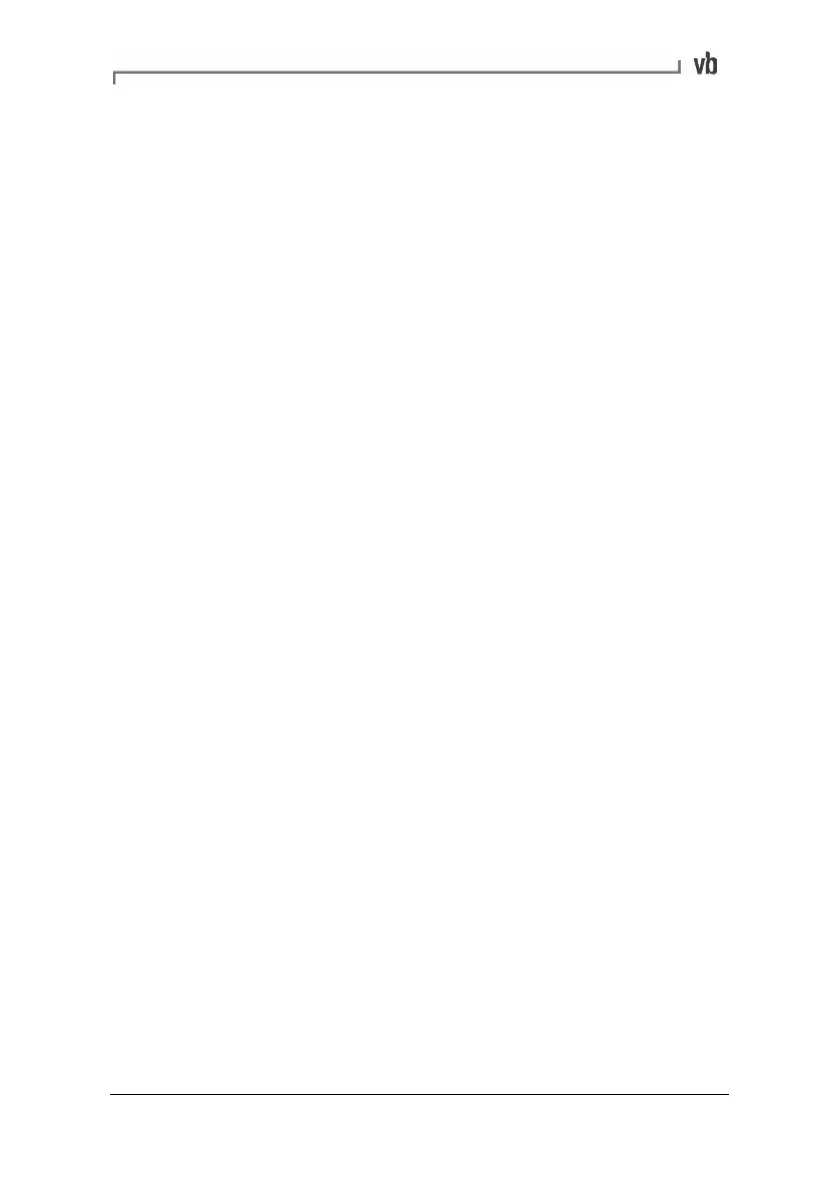Section 9: Balancing Rotors
140
Combine Weights
This tool allows the user to combine two weights into a single weight
at one angle. This calculation can be performed many times to
combine all trim weights into one weight and angle. The user must
define the weight and angle of the two beginning balance masses.
Change Radius
This tool takes a single point balance solution and allows you to find
a new balance weight based on a change in radius for the existing
balance weight. The calculation assumes the angle of weight
placement will remain constant and only the distance from center of
rotation is changed.
ISO 1940 Limits
This calculation computes the maximum allowable residual
imbalance to achieve a desired standard of balance. Please refer to
the ISO 1940 standard to find which G levels are appropriate for a
particular machine.
This calculator uses the rotor weight, the diameter at which
correction weights are added, the speed and the required balance
level to determine a maximum residual weight. Units can be toggled
in a similar manner to the trial weight correction screen. If the
reported correction weight to add or remove is less than this residual,
the chosen ISO balance standard has been reached.
When balancing in two planes it is normally sufficient to simply allow
half of this residual imbalance on each plane. For asymmetric or
overhung rotors, please refer to the ISO 1940 balancing standard.
Artisan Technology Group - Quality Instrumentation ... Guaranteed | (888) 88-SOURCE | www.artisantg.com
